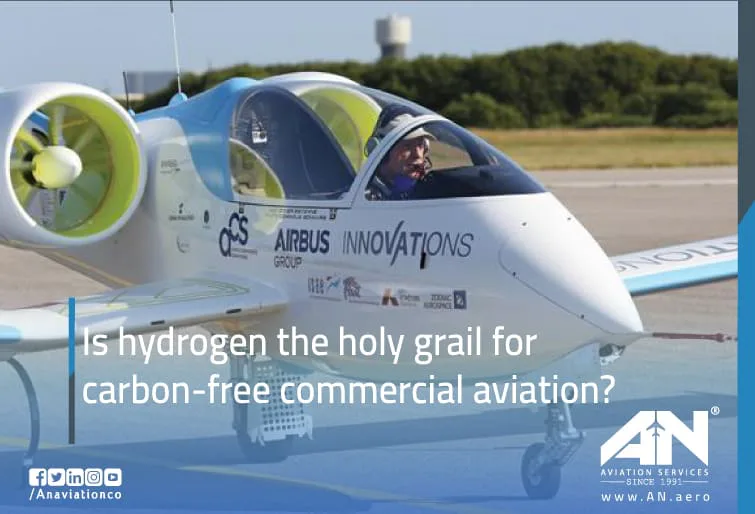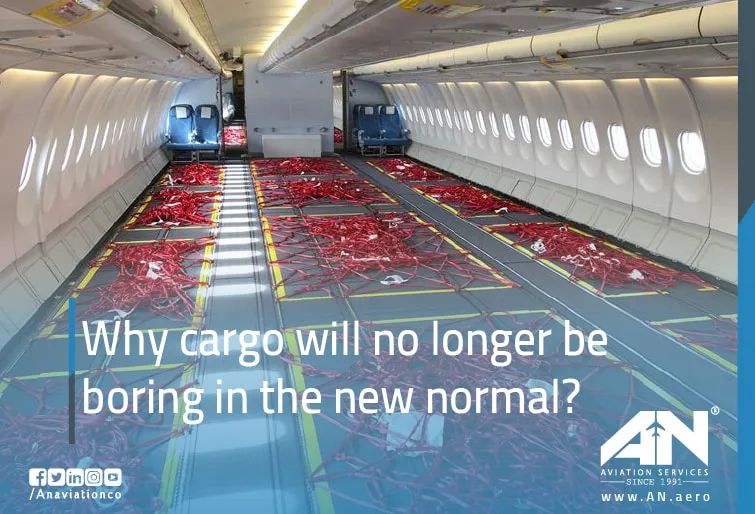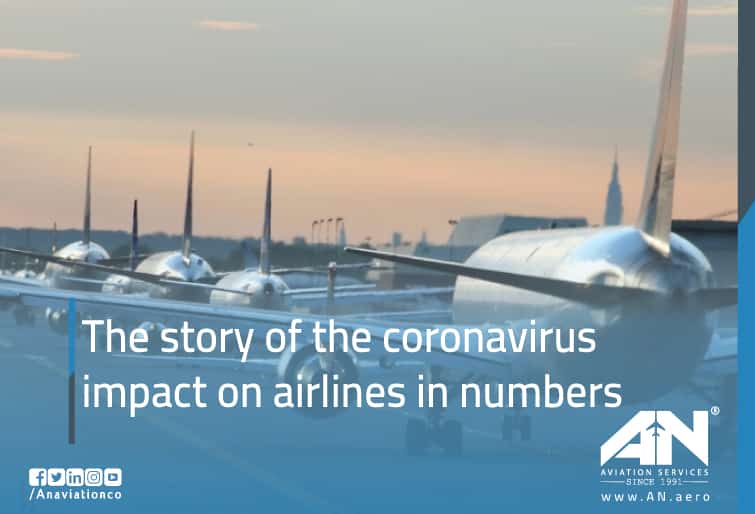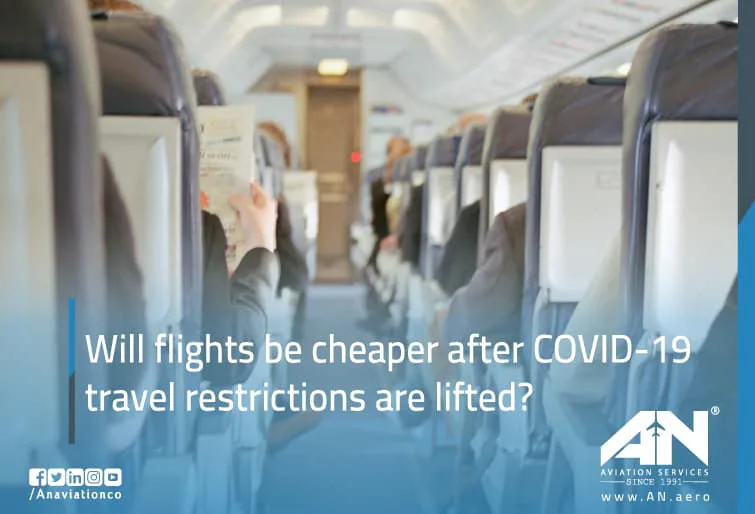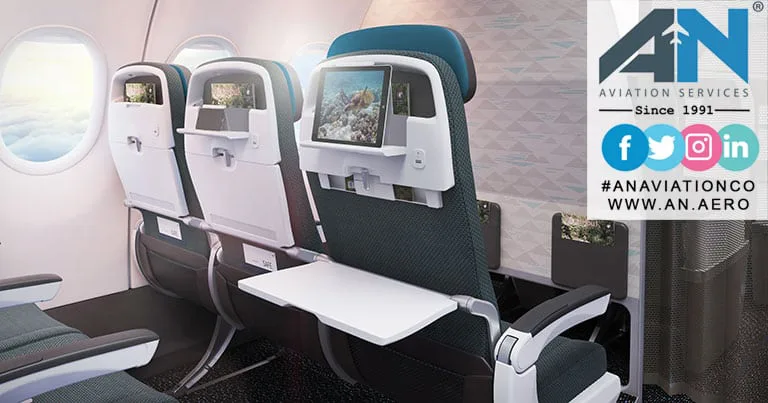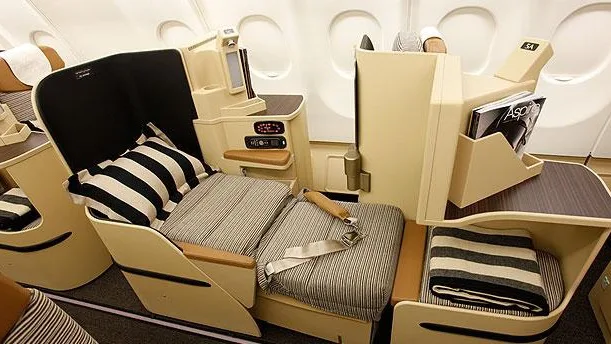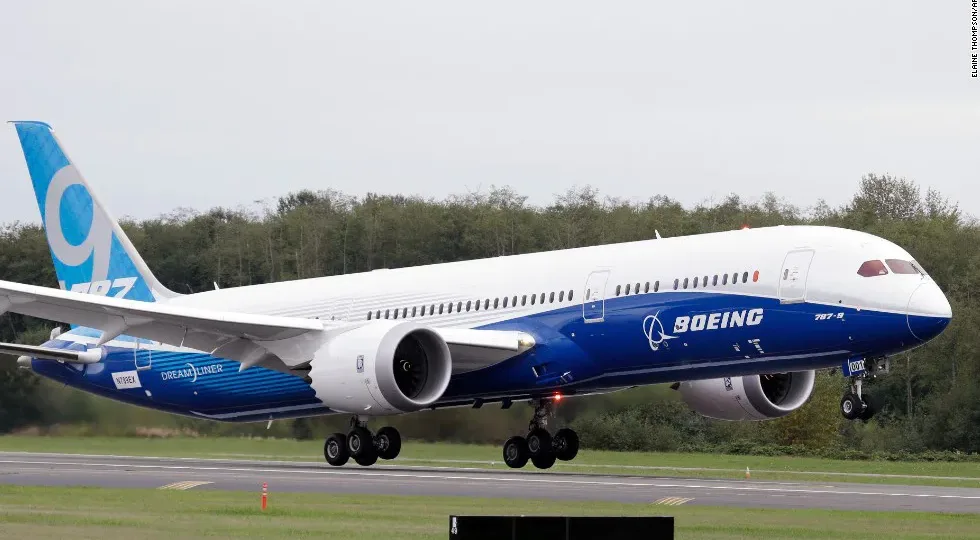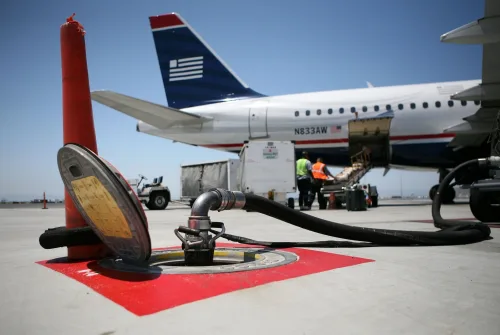The aviation industry, a cornerstone of global connectivity, has long-faced scrutiny for its greenhouse gas emissions.
Newton Abadeer
The air cargo industry has long operated behind the scenes, quietly facilitating the movement of goods across the globe.
Once a thriving and interconnected web of global travel, airlines faced unprecedented challenges in the wake of the pandemic.
The aviation industry has experienced one of its most challenging periods due to the COVID-19 pandemic.
The global aviation industry has been through turbulence unlike anything it’s ever faced.
The aviation industry has long been a symbol of innovation, connecting people and businesses across the globe. From the Wright brothers’ first powered flight to today’s ultra-efficient commercial flights, the evolution of aviation reflects humanity’s relentless pursuit of progress.
The aviation industry is always innovating, and one of the most exciting advancements in recent years has been the introduction of the Next-Generation Evolution Seat.
Flying business class is often seen as a luxury reserved for high-flying executives or celebrities, but the truth is, you don’t have to break the bank to enjoy a premium flying experience.
When it comes to flying commercial, most passengers simply get on the plane, buckle up, and enjoy the journey without giving much thought to how commercial air travel really works behind the scenes.
If you’ve ever sat by the window on a plane and looked out at the wings, you might not know that these large structures are not just there to help the aircraft fly—they also serve as massive fuel tanks. But why is fuel stored in the wings rather than other parts of the plane?


